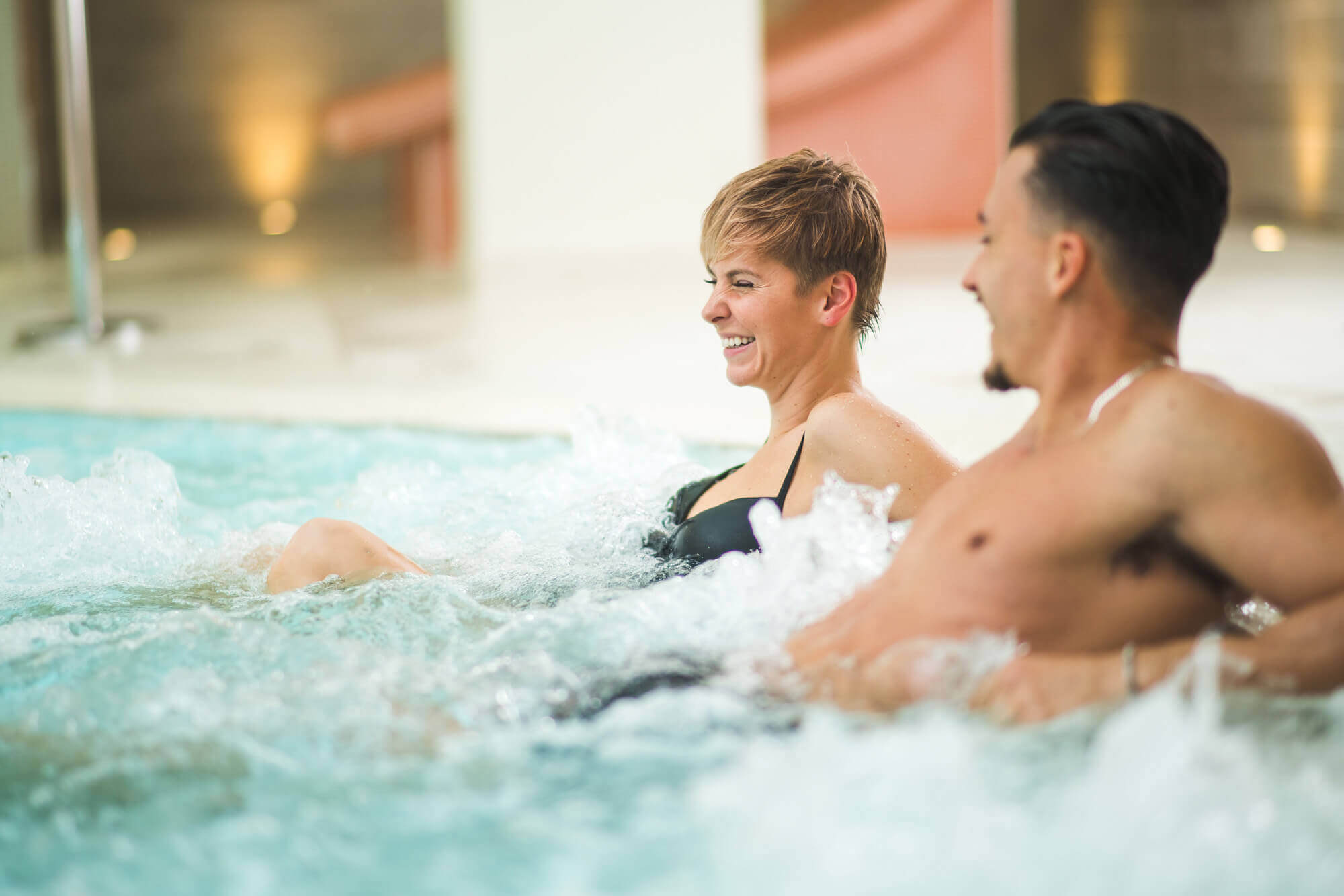All skincare routines should include SPF, no matter the season, as a defence from sun exposure. Yu Spa Edinburgh Manager, Claire Primrose, reveals her top tips on how to add SPF to your daily skincare routine

“Although we can’t see them, UV rays are dangerous,” she says. “The rays can cause our skin to age and can even cause harmful damage if we’re not properly protected. Sun protection should be applied daily, especially in the warmer months.”
"As a Spa Therapist, we’re taught to use the two-finger method where two full finger lengths of SPF is used on the face and neck with any left over to be applied to the ears. Never replace your moisturiser with an SPF as your skin needs both and for the face, you must use SPF 30 or 50. Anything lower is simply not enough.
"At Yu Spa, we recommend our fantastic Elemis products for your daily moisturiser and SPF. The Elemis Pro Collagen Marine Cream SPF is a firm favourite moisturiser and costs £94 from our Yu Spa locations. For SPF, you can't go wrong with Elemis Daily Defence Shield SPF - £48."
A good daily skin routine should look like this:
Step 1
Cleanse your skin with a cleansing balm, cream, milk, oil or wash. This is skin type specific and often personal preference.
Step 2
Tone your skin to remove any excess residue after cleansing and to prepare your skin for the next step. This is an essential part of your routine and often not spoken about. The next time you cleanse your face, before you tone, take a damp cotton pad and wipe it over the face, have a look at what is left on the cotton pad. This is best seen in the evening once you have removed makeup.
Step 3
Apply your eye cream. It is recommended to use your ring finger for this as it has the least amount of pressure. Half a pea size is more than enough. Simply tap your ring ringers simultaneously around the eye area. Never on the eye lid.

Step 4
Apply a serum. This is a step that many people forget but the molecules in a serum are miniscule, meaning they can penetrate the layers of skin more effectively than a moisturiser alone. A serum should be applied to the skin using the whole palm of your hands to pat your serum onto the skin then finished with little taps from your fingertips. We call this the raindrop method.
Step 5
Moisturise, moisturise, moisturise. This is an essential part of any morning or evening routine. Moisturising is essential for ALL skins types, even those with oily skin.
Step 6
Time to apply your SPF. Measure your SPF using two full finger lengths and pat it onto the skin using your palm. Finish with little taps from your fingertips. And don’t forget your ears!

SPF FAQs
If I go for a swim or get my face wet, do I need to reapply my sunscreen?
Yes, sunscreen must be listed as water resistant by law but there is no sunscreen you can buy that is waterproof.
What is the difference between water resistant and waterproof?
Water Resistant is an item’s ability to resist water absorption/penetration to a certain extent but not entirely. For example, if you have a water-resistant pair of trousers, they will only withstand a certain amount of rain. If your trousers were completely waterproof, regardless of the amount of rain fall, you would not get wet, I always think about Ski Trousers/Salopettes.
If my moisturiser has an SPF and I add sunscreen on top, do I have double protection?
No, the product which contains the highest SPF takes over. So, if your moisturiser is SPF 30 and you put SPF 50 on top, you don’t end up with SPF 70 on your skin.
How often should I apply my SPF throughout the day?
It should be every 2 hours; however, it is always recommended if you get your face wet to reapply it. Remember, your SPF isn’t waterproof.
What is UV?
UV is a form of radiation, specifically referred to as electromagnetic radiation. Electromagnetic is referred to as the relationship between magnetism and electricity. You many be familiar with both UVA and UVB.
What is the difference between UVA & UVB?
95% of UV rays are UVA, they absorb into the skin on a deeper level causing your skin cells to age. 5% of UV rays are UVB, UVB has more energy than UVB and causes damage on the surface of your skin - sunburn.




